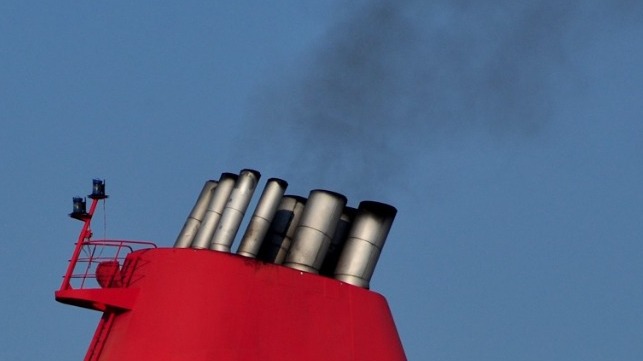Solving the Carbon Intensity Indicator Conundrum

During the IMO Marine Environment Protection Committee’s 76th session last year, the Energy Efficiency Existing Ship Index (EEXI) and carbon intensity indicator (CII) were adopted as new mandatory requirements to reduce shipping’s greenhouse gas emissions.
With the implementation of these requirements coming into effect in January 2023, discussions around the impacts of the transition have intensified.
While the EEXI entails a technical approach to improve energy efficiency of ships, CII is obtained from operational improvements in the transport work of ships. Hence, calculation of CII is not as straightforward as EEXI.
Essentially, getting the CII right as prescribed in the amendments of MARPOL Annex VI means ushering in a paradigm shift to the operations of a ship.
However, a number of pitfalls exist in the implementation of CII. Tanker broker Gibson in a recent report highlighted some of the commercial challenges the CII presents to shipping.
For instance, given that CII ratings are retrospective on a ship’s operations, it could lead to a situation where vessels emit more CO2 while trying to chase a rating. The key parameters in CII calculation such as amount of cargo transported, the distance of the voyage and sailing time can be adjusted through trading patterns.
Based on this, Gibson warned if the trading patterns were distorted to achieve a certain rating, there would definitely be more CO2 emissions than prior to the regulation.
In another nuanced analysis, sustainable shipping experts Prof. Harilaos Psaraftis, Prof. Shuaian Wang and Jingwen Qi, described the CII regulation as a paradox.
In their study, they assessed at least four versions of CII under consideration by IMO, defined based on demand (demand-based CII), supply (supply-based CII), sailing distance and sailing time.
Under all the four measures, carbon emissions will increase no matter which CII is used.
“From a charterer point of view it is a bit uncomfortable situation - at the moment we seem to get very limited information about the vessel’s current CII levels, and even if we would, our trade (tanker) is most probably something different than the earlier, giving no guarantees of CII remaining the same in our operations,” commented Risto-Juhani Kariranta, Shipping Performance Manager for Finnish charterer Neste.
Notwithstanding the several paradoxes demonstrated with the imminent enforcement of CII regulations, some hacks suffice to solve the puzzle.
“The first-hack is the weather based voyage optimization known also as weather routing. That should be among the clear winners in CII reduction measures for two obvious reasons: it reduces the total fuel consumption (less CO2 emissions) for the voyage, but also adds miles to it while CII is calculated based on the actually sailed miles. So it reduces CO2 and adds DWT ton-miles in the divider making really nice impact to CII,” recommended Risto Kariranta.

that matters most
Get the latest maritime news delivered to your inbox daily.
Speed control will be another sledgehammer in the CII toolbox, added Kariranta. When played right, it does not risk anything and slowing speed reduces fuel consumption, and thus the emissions.
To support the argument, Kariranta used an example of an MR tanker sailing from mid Pacific to Singapore under two speed scenarios. In the first case, the tanker is doing 13.5 knots and the CII comes to 5.0. If doing 10.5 knots, the CII drops drastically to 3.7.
